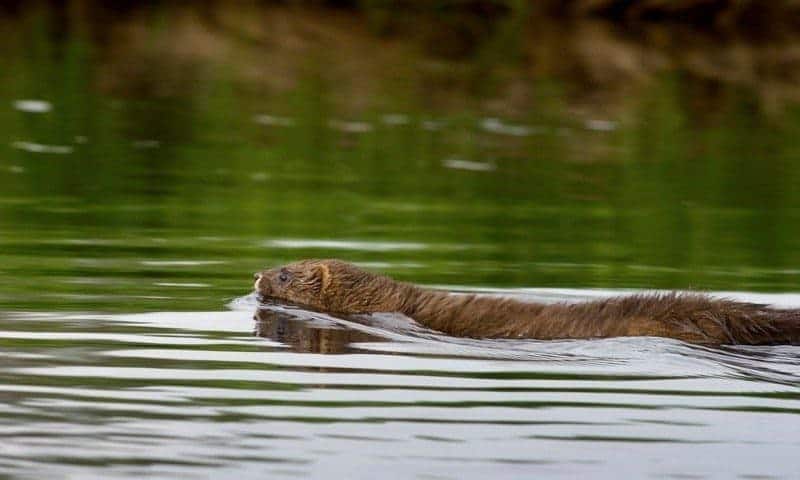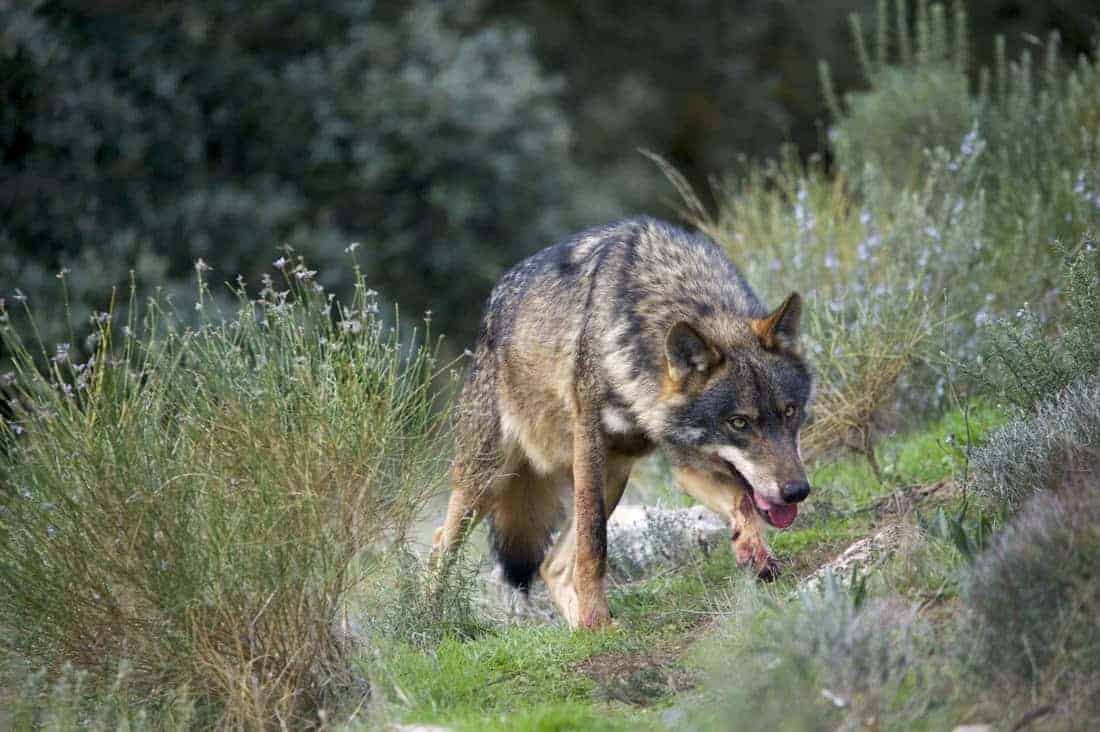Will bears resettle in Białowieża Forest?
The Białowieża Forest is likely the most well-known old growth forests of Poland, famous for its ancient trees and vibrant wildlife. Located at the border between Poland and Belarus, it provides a refuge for many animals. Over the past decades, characteristic species have disappeared, but people have brought back some through reintroduction programmes, such as the European bison. Conservationists reintroduced the brown bear back in 1937, almost sixty years after people hunted it to local extinction. This endeavour represented one of the world’s first large carnivore reintroduction programme, consisting of a female bear we called ‘Lola’. The outbreak of World War II prematurely ended the conservation project, and records show how the last bear disappeared in 1947.
Please also read: An opportunity for the bears of Europe
The brown bear comeback
Since the last bears disappeared from Białowieża Forest, there have been incidental sightings of wandering individuals on both sides of the border. In 1963 and 2003, people discovered bear tracks in the forest on the Belarusian side. A local hunter reported in 2010 another sighting of a bear on the Polish side, but scientists were not able to confirm this sighting. Over the course of 2018 and 2019, people started to observe signs of bear presence on repeated occasions on both sides of the border. In June 2019, researchers were able to capture a wandering male with a camera trap by accident. It was the first official sighting in nearly 70 years, making headlines all over the world.
The slow and gradual return of the brown bear to Białowieża Forest is not a surprise for conservationists. We know that bears, especially young males, can travel long distances in search of new territories. A famous example is bear ‘Iwo’, who traveled from the Polish Tatra Mountains to the Gorgany mountains in Ukraine. Also in other corners of Europe, brown bears are expanding their range. Just recently, the people spotted the first bear in a Spanish National Park after 150 years.
Ecological importance
Every animal contributes to the shaping of the ecosystem it lives in. For many small animals, this impact might go unnoticed. Yet, the impact of larger wild species such as wolves is often better visible. Scientists have taken a long time to better understand the impact of brown bears on their natural surroundings. The main way in which bears change the local ecosystem is through what they eat, and therefore also disperse. On a good day, bears can eat many tens of thousands of berries per hour. As the bear wanders around, it disperses seeds of all the berries and plants it consumes. As it strips the bark of trees during foraging, it creates suitable habitats for many insects, birds, fungi and other small animals even.
Furthermore, other wildlife tends to avoid encounters with the bear. As a result, herbivores like roe and red deer redistribute themselves to other locations. This in turn affects the local plants growth and regeneration. And as a scavenger, bears will try to steal kills from wolves and lynx. This can force these predators to hunt more prey, starting another ecological cascade of animal interactions. We can thus say that the bear is really an ecosystem engineer. But only if people let them.
Conservation challenges in Białowieża Forest
The bear is strictly protected in Poland by EU law, but now on the Belarusian side of the border. Meanwhile, the entire Białowieża Forest is under pressure from human activities. Just a couple of years ago, activists launched an outcry to raise awareness about illegal logging that affected 4000+ hectares of Natura 2000 area. The European Union’s Court of Justice and UNESCO strongly urged Poland to halt the logging practices to preserve the primeval trees. Nevertheless, Poland ignored the EU Court and UNESCO, continues logging in World Heritage Białowieża Forest. Only when the Court of Justice filed Poland a fine for each that logging continued did Poland stop the practices. After many months, the EU Court of Justice concluded that the Białowieża Forest logging violated the laws. Unfortunately, this did not bring back the trees that were transformed into wood pellets, furniture or building material.
Local support for the presence of brown bears is crucial to a sustainable future of this species. Obviously, locals need to learn again how it is to live amongst bears. A process that will not go without loss and damages, as human-wildlife conflicts across Europe show. But there is a solution, to improve protection measures against damages. Proper protection of livestock, beehives and orchards can reduce the damages to a minimum, thereby increasing the local acceptance for bears. Also important for people, is to know how to behave when encountering a bear. Local initiatives are therefore now informing locals and tourists on how to respect nature and its wildlife. So, in the end it will be the decision of the people, both locals and decision-makers, whether the bear will live again in Białowieża Forest.









